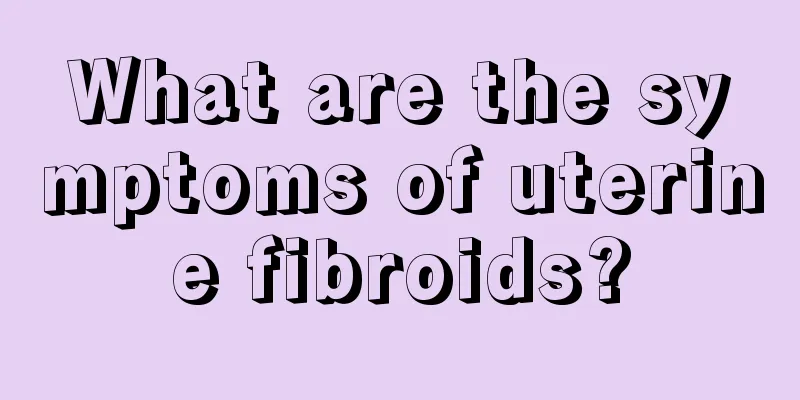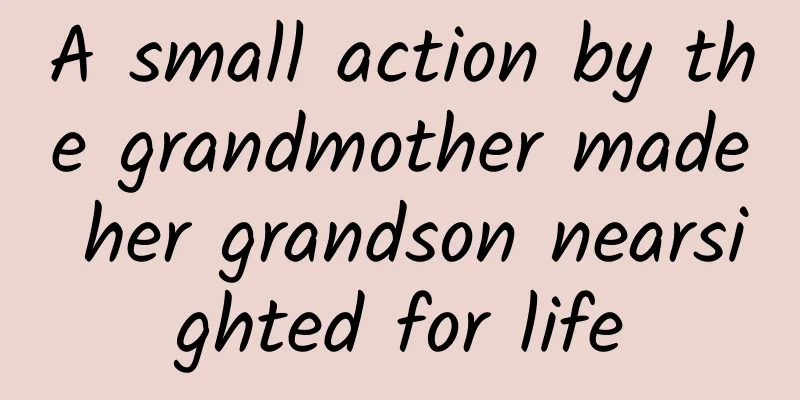What are the symptoms of endometrial polypoid hyperplasia?

|
Endometrial polyps are a type of mass attached to the elongated pedicle of the endometrium. Some endometrial polyps are submucosal fibroids, and some are even malignant polyps. The causes of endometrial polyps are very complex. Excessively high estrogen levels, endocrine dysfunction, endometrial inflammation, etc. can all lead to endometrial polypoid hyperplasia. The following is a detailed introduction to the general pathological changes of endometrial polypoid hyperplasia. Endometrial polyps are caused by excessive proliferation of the endometrium and can occur at any age. They are a very common type of localized endometrial tumor that protrudes into the uterine cavity and is smooth and fleshy in hardness. The pedicles vary in length, with the older ones protruding outside the cervical os and some having shorter pedicles. Grossly, the most common type is localized endometrial tumors protruding into the uterine cavity, which may be single or multiple, gray-red, shiny, and generally small in size, with an average diameter of 0.5 to 2 cm. The small ones are only 1 to 2 mm in diameter, while the large and multiple ones can fill the uterine cavity. The pedicles vary in thickness and length, and the longer ones may protrude beyond the cervical opening. Some have shorter pedicles and grow diffusely. The surface of the polyp often has hemorrhagic necrosis and may also be infected. If the pedicle is twisted, hemorrhagic infarction may occur. One of the dangers of endometrial polyps is that they are manifested in symptoms. Patients with endometrial polyps may experience the following symptoms: menstrual disorders, increased menstrual flow, prolonged menstrual period, variable bleeding, and spotting. Large endometrial polyps or polyps that protrude into the cervical canal are prone to infection and necrosis, causing irregular vaginal bleeding and foul-smelling bloody discharge. After the polypoid hyperplasia of the endometrium occurs, it can hinder the combination of the egg and sperm, and cause obstacles to the implantation of the fertilized egg. It can also cause changes in the female uterine cavity environment, which is ultimately not conducive to conception. Even if conception occurs, implantation will be very difficult. This disease must be actively treated after it is discovered. |
<<: What are the methods of lactation during confinement?
>>: Can pregnant women use oral ulcer powder?
Recommend
Is it okay to apply mineral water on the face? What should I pay attention to when applying saline on the face?
If the body absorbs minerals well, applying miner...
Can you wear contact lenses when grilling? How to grill a chicken head?
Barbecue can be divided into direct and indirect ...
The pregnancy test stick is blank with no bars
After having sex without proper protection measur...
What are the physiological reactions during ovulation?
Women will have a variety of symptoms during thei...
Right breast sometimes hurts
Every female friend has experienced breastfeeding...
Can you feel the low amniotic fluid?
One of the key indicators for expectant mothers d...
Why do pregnant women always hiccup?
Pregnant women always hiccup, which I believe is ...
How did Sun Quan die in the Romance of the Three Kingdoms? How did Sun Jian die in the Romance of the Three Kingdoms?
There are more than a thousand characters with na...
The pros and cons of female circumcision
The use of an IUD is a contraceptive measure, and...
How to know if a pregnant woman is anemic
Many pregnant women are completely unaware that t...
How harmful is the induction cooker to pregnant women?
I believe everyone is familiar with induction coo...
Can I detect pregnancy after 20 days?
It can only be detected through medical tests whe...
Do you know the knowledge about early identification of obstetric critical illness?
With the continuous advancement of medical techno...
What dietary remedies should pregnant women take for colds in summer?
Most pregnant women will not take medicine when t...
My hands are dry and peeling. Do I have tinea manuum?
Reviewer: Zhang Shuyuan, Chief Physician, Beijing...









